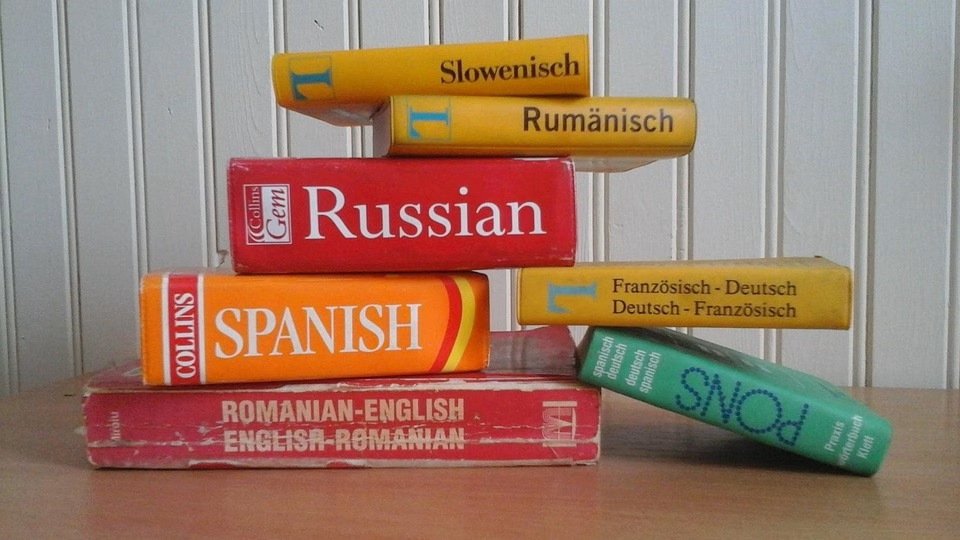Multilingual Websites with Laravel: Best Practices and Techniques

In today’s global marketplace, creating a website that speaks to all your users is no longer optional — it’s essential. Laravel, one of the most popular PHP frameworks, offers robust features for building multilingual websites. However, it’s not just about translation; it’s about delivering an experience that resonates with diverse audiences.
The Importance of Multilingual Websites
As businesses expand their reach, addressing diverse cultures, languages, and region-specific needs becomes paramount. A multilingual website:
- Increases Accessibility: It opens your doors to a wider audience, allowing potential customers to engage with your content in their native language.
- Boosts SEO: A localized approach enhances search engine optimization, making your website more discoverable in various languages.
- Improves User Experience: Users are more likely to interact with a site that feels familiar, leading to higher engagement and conversion rates.
Best Practices for Building Multilingual Websites with Laravel
When designing a multilingual site, there are several best practices to consider:
Structure Your Content Thoughtfully
Laravel provides a clean separation between logic, view, and translation files. Use Laravel’s localization features effectively:
-
Language Files: Store translations in structured PHP files. This makes them easy to manage and update.
- Route Localization: Use route names and middleware to adapt routes based on the user’s selected language. For example,
/en/homevs/fr/home.
Dynamic Locale Switching
Consider giving users the option to easily switch languages on the website. Laravel makes this simple with middleware. Use the session or a cookie to remember their language preference.
Use Database for Translations
For larger applications, consider storing translations in the database. Laravel’s Eloquent ORM allows you to create a dynamic translation system that can be updated without altering code. This is particularly useful for applications that require frequent content updates.
Build User-Friendly Interfaces
Ensure that your UI can accommodate languages that vary in length, layout, and direction. Use CSS and responsive design techniques to build adaptable interfaces that maintain usability across language variations.
Advanced Techniques
Implement Third-Party Translation Services
If you’re not fluent in multiple languages, it can be beneficial to leverage third-party translation services. Integrating APIs for professional translation services can enhance the quality of your localizations.
Analytics and A/B Testing
Analyze how users interact with your multilingual site using analytics tools. Different languages may attract diverse user behavior. Implement A/B testing to refine your language offerings and improve the user experience based on actual data.
Continuous Content Updates
Maintaining a multilingual website means constantly updating translations. Make use of a dedicated content management system (CMS) integrated with Laravel to streamline the process.
Why Ancoia?
In the process of building a successful multilingual website, managing translations and localization can be daunting. This is where Ancoia comes in. Ancoia is a powerful platform designed to streamline the process of content localization, allowing developers and marketers to work together seamlessly.
Key Features of Ancoia:
- User-Friendly Interface: Ancoia provides an intuitive interface that simplifies the translation process, making it easy to collaborate across teams.
- Real-Time Collaboration: Whether you’re adding new content or making updates, Ancoia allows for real-time collaboration, ensuring everyone is on the same page.
- Integration with Laravel: With simple API capabilities, Ancoia integrates seamlessly with your Laravel framework, allowing for easy management of multilingual content.
- Robust Analytics: Track the performance of your multilingual content with insightful analytics to refine your strategy.
Sign Up Today!
Don’t let the challenge of multilingual websites hold you back. Transform your global reach with Ancoia. By signing up, you’ll have access to the tools needed to effectively manage your multilingual content while ensuring a top-notch user experience.
Join the future of content localization and sign up now at Ancoia.
Creating a multilingual website with Laravel is a rewarding endeavor that can greatly enhance your business’s global presence. With the right tools and techniques, such as those offered by Ancoia, you can ensure that your website is not just translated, but truly localized, allowing you to connect with your audience on a deeper level. Don’t miss out on the opportunity to expand your reach — start your journey today!
🚀 Try Ancoia for FREE today and experience the power of business automation!
🔗 Sign up now and get a 7-day free trial



